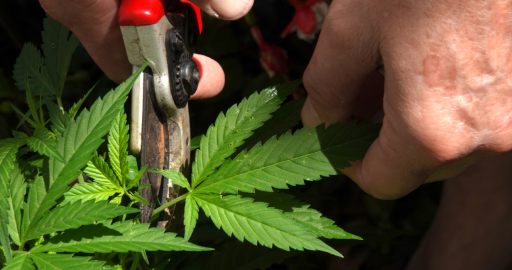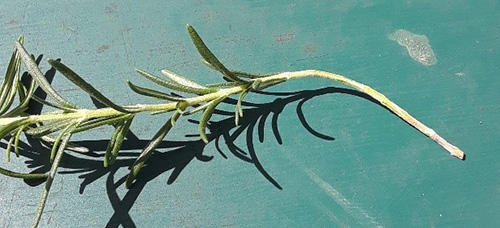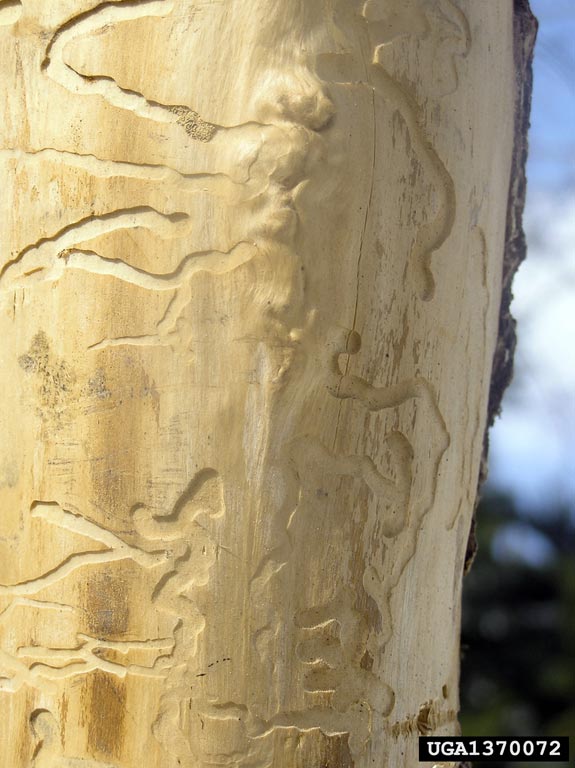Cannabis Hardwood Semi Hardwood Softwood

The plant material is between the softwood and woody stage.
Cannabis hardwood semi hardwood softwood. A similar method to that used to take softwood cuttings is used for semi hardwood cuttings. A semi hardwood cutting grows tree roots in approximately four to six weeks. If cannabis was a wood producing plant it would be a hardwood because it s a broadleaf plant. Softwood starting to toughen up semi ripe or semi hardwood.
Propagated bougainvillea growing in a pot. Hardwood late summer and fall after the spring herbaceous stage new plant stems begin to toughen up and that s the softwood stage. Softwood semi hardwood and hardwood depending on the growth stage of the plant. One of the most rewarding things about gardening is propagating new plants from cuttings you take from a healthy parent plant.
This happens to be generally true but there are exceptions such as in the cases of wood from yew trees a softwood that is relatively hard and wood from balsa trees a. Classifying wood as either a hardwood or softwood comes down to its physical structure and makeup and so it is overly simple to think of hardwoods as being hard and durable compared to soft and workable softwoods. The most successful plants suitable for cutting propagation include mint dill rosemary lavender. Almost all perennial and shrubby plants can be propagated from cuttings.
Softwood plants are needle leafed trees like pines and firs. However semi hardwood cuttings take longer to form roots. Wood is called semi hardwood when it is not soft and new but is not quite old enough to be hard and woody. Cuttings can be rooted at every stage of active plant growth offering different pros and cons in each phase.
A hardwood cutting has less chance of success than a semi hardwood cutting and takes six months or longer to produce roots.












































